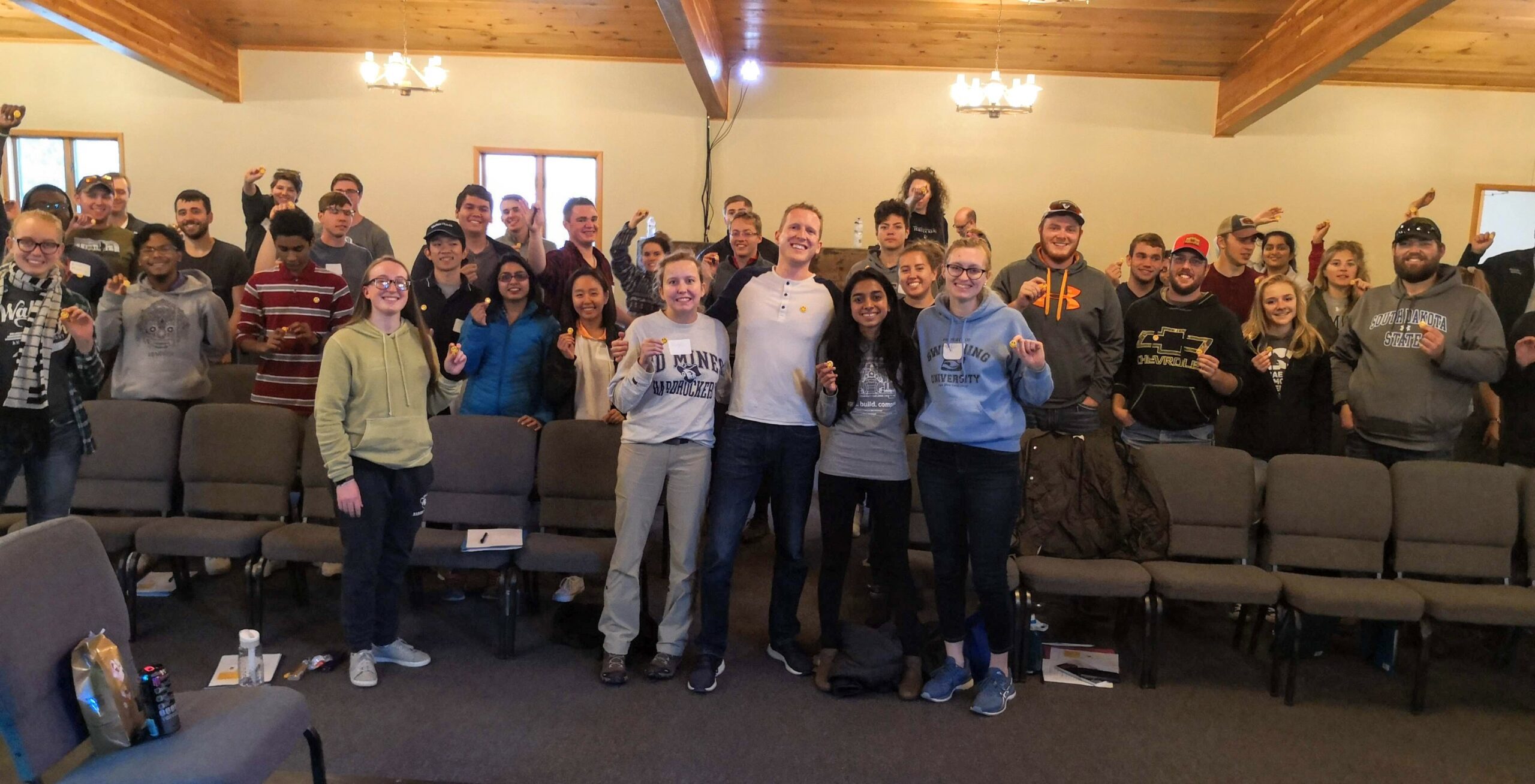Three Ideas to Boost Organizational Engagement and Retention in 2023
As a student leader, you want to run an awesome organization with happy, productive members. You want better attendance at meetings, with lots of volunteers. You want to attract and recruit the coolest people on campus, and get everyone involved in impactful events.
Problem is, not all of your members are as engaged and gung ho as you are.
Sure, you have a few regulars you can rely upon, who volunteer for anything, and attend every meeting and event. But you also have a lot of members who just sort of… show up. Even worse, you have members stirring drama and making leadership even harder.
What can you do as a leader to improve engagement, and by extension, retention?
To start, let’s expand on the three types of members:
- Engaged: these are your true believers. They attend most every meeting, bring friends into the organization, and frequently volunteer. They’re dependable and fully-invested. These members consider your organization to be part of their identity. Life would be so much easier if you had more of this kind of member!Engaged members have a positive impact on your organization.
- Disengaged: these are your members who show up, but don’t showcase much engagement. They attend meetings, but don’t often volunteer for additional duties or leadership roles. You sometimes wonder why they’re in your organization to begin with.Disengaged members have a neutral impact on the organization.
- Toxic: These members actively make your job harder as leader. They gossip, complain about change, and stir up drama. Other members complain about their behavior; they often party too hard, shirk duties, and make themselves a liability. Their presence hurts recruitment, your image, and even increases disengagement.Toxic members have a negative impact on the organization.
Now that you have a better idea of which bucket certain members fall into, how can you improve engagement among your disengaged and toxic members? Here are three effective strategies you can implement this week:
- End meetings on time: this may seem like a small detail, but unprofessionalism is the silent killer of engagement.If your roommate asked to borrow $20 but you found $50 missing from your purse, how would you feel? If your friend asked for a bite of your sandwich and then proceeded to eat the whole thing, how would you feel?This is how members feel when organizations schedule a 60-minute meeting, but then take 107 minutes to wrap up. You should never take more than you ask for from your members, time included. When disengaged and even toxic members see how well-run your organization is (with calendar invites, agendas, note taking, and always ending on time), they’ll be significantly more likely trust you with their time and re-engage.
- Ask how your organization can help: How often have you heard this excuse from your disengaged members? “I’m just really busy.”It’s easy and understandable to get frustrated: you’re busy? I have a full course load too, and I’m running this organization! But engagement comes from leading with positivity. When members say they’re busy, use this as an opportunity to position the organization as a helpful resource.“I’m sorry to hear you’re busy. Mind if I ask what’s on your plate?” If they say they have a new girlfriend, ask if she’d like to attend an upcoming meeting. If they’re stressed by their course load, ask which classes, and see if someone else in the organization can help. It doesn’t work every time, but if you can position your organization as a resource that reduces stress and busyness, you’ll win big engagement!
- Establish minimum standards: this strategy works on disengaged members, but is especially effective at dealing with toxic members.The difference between a disengaged and a toxic member is you’d kick out the toxic one if you could. But you don’t because of the possible repercussions; they may badmouth the org, sabotage recruitment, or convince others to leave with them.This is why contracts exist in the business world. They enable entities to say “feelings aside, you didn’t live up to your end of the bargain. You’re out.” Establishing a “contract” in the form of minimum standards for all members can significantly increase engagement. Let’s say you deliver these minimum standards at your next meeting:
- Minimum GPA of 2.8
- Must attend 50% of meetings
- Must attend 1 meeting for every 1 social event
- Must complete 5 volunteer hours per semester
- Must hold one leadership or support role per year
This drives your disengaged members to up their game a little, and forces your toxic members to make a choice: put in the work? Or go party elsewhere?
Leadership is a challenging role, and you deserve big kudos for taking it on. I sincerely hope you found this article helpful, and the three strategies useful for boosting engagement and retention within your organization!

